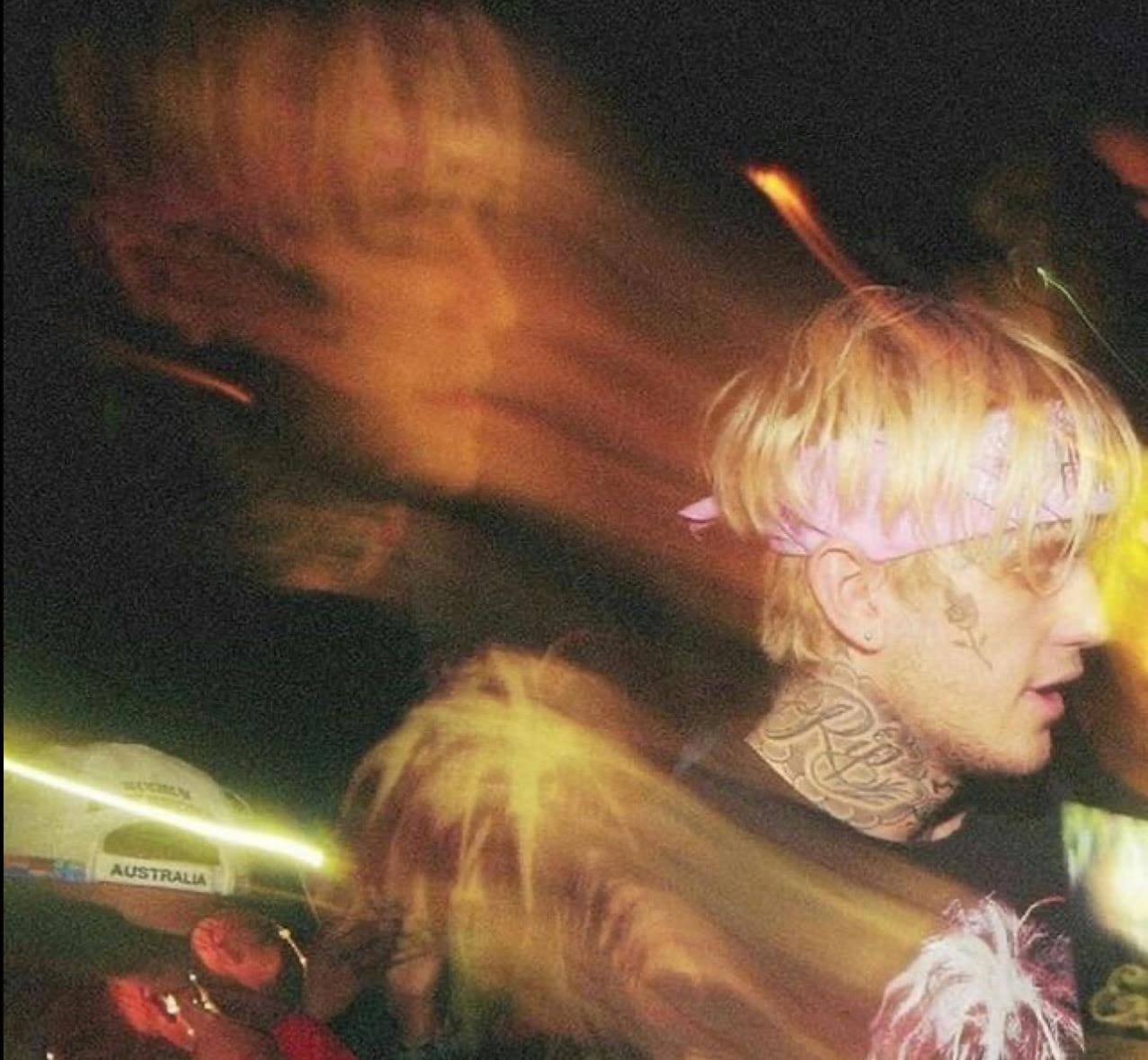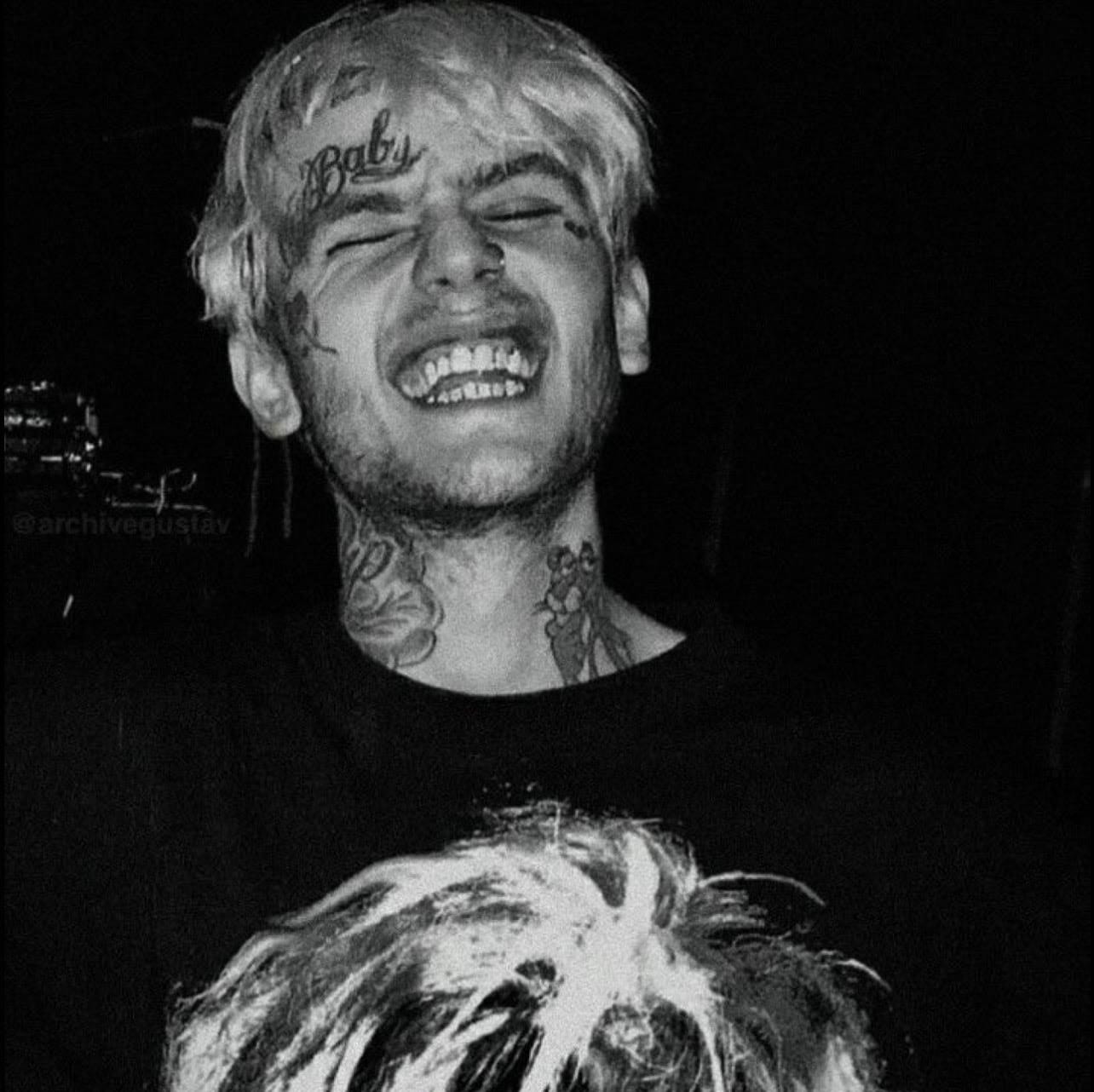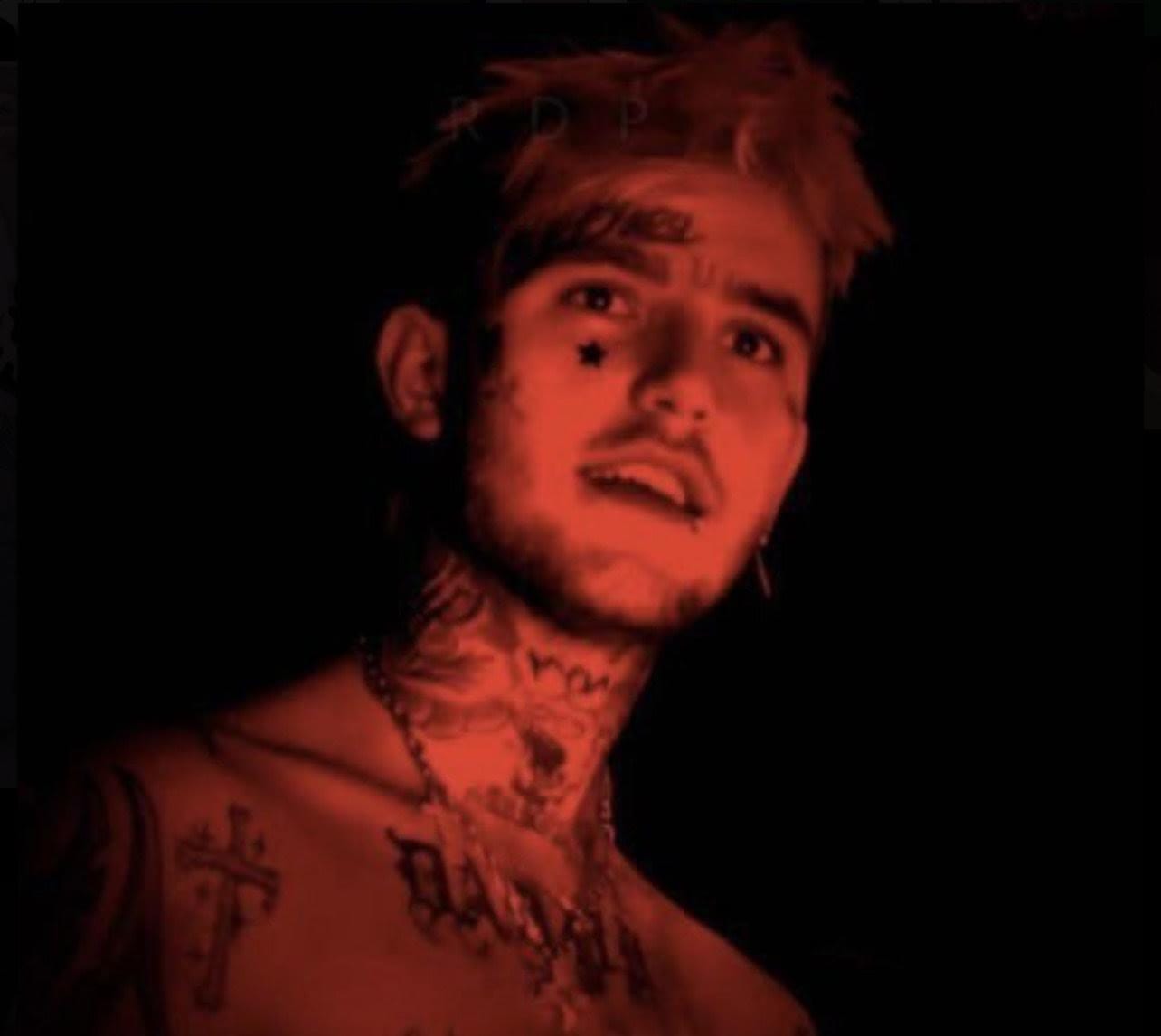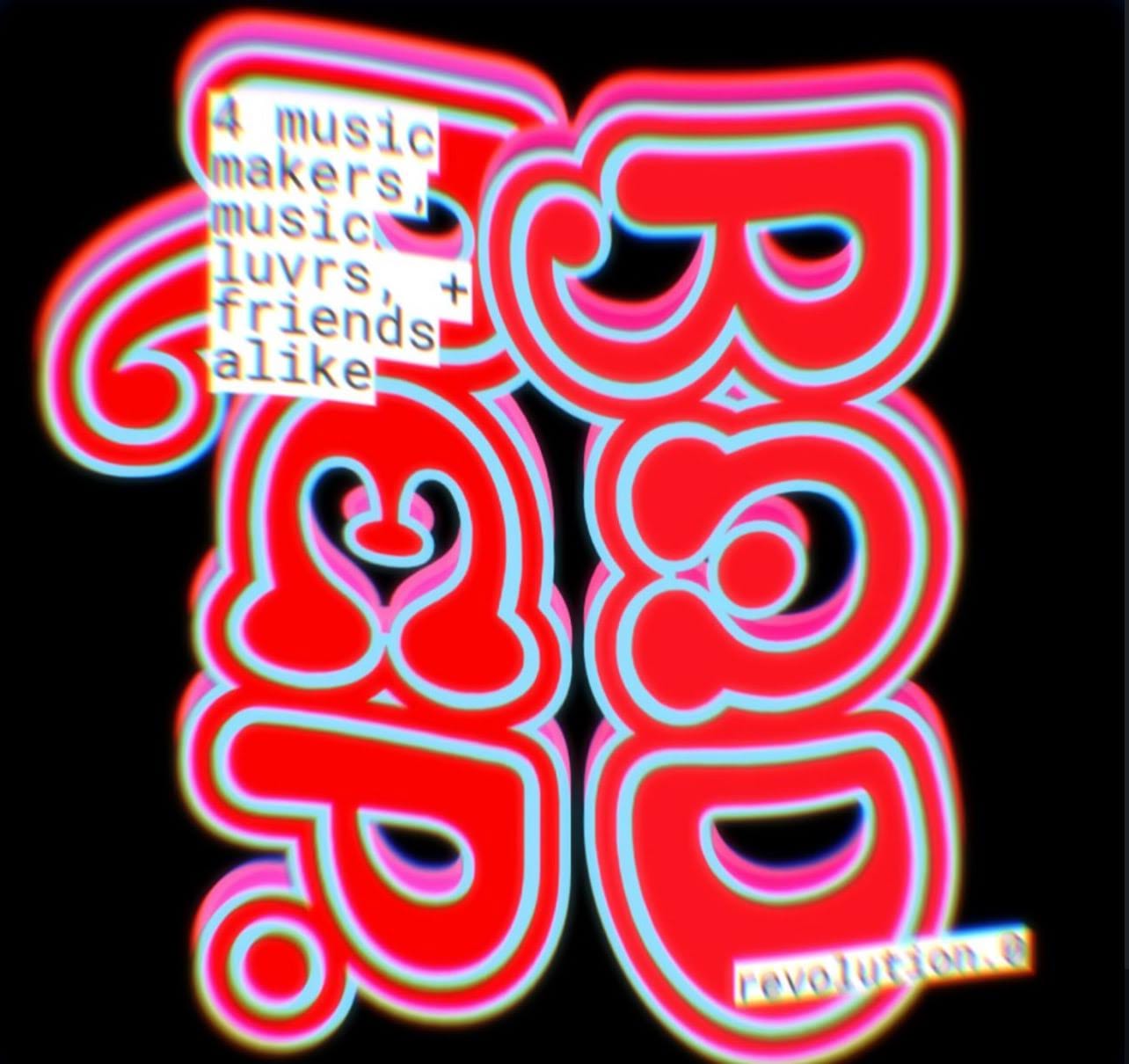A Ghost Boy’s Reflection, B-Side Revival with New Music From Lil Peep
Born Gustav Elijah Åhr, Lil Peep showed up in the scene already fully formed and fully misunderstood. He wasn’t just doing emo-trap. That’s what they called it to simplify him. What he was actually doing was grief architecture. Mood-mapping. Emotional cartography. Using melody like a thread and lyrics like static. The sound wasn’t polished, but the intention was sharp. If you know how to listen sideways, you’ll hear what he was building. He didn’t ask for acceptance from any one scene—he just built his own. Rap. Pop punk. Industrial. Myspace-core. Goth. All of it filtered through that burnt-out brightness he carried. Every upload felt like a leak, every leak felt like a diary entry he let the world borrow for 2 minutes and 36 seconds.

Peep wasn’t trying to be deep. He just was. And that scared people. He said things plainly, the way most people only admit to themselves when they're alone. That’s why it resonated. Not because he made pain sound pretty—but because he made it sound honest. When he said he hated himself, he wasn’t being dramatic. He was being exact. When he said he didn’t want to die, he wasn’t lying. He was just tired.
The thing about Peep is, he always felt like someone you already knew. Like that one kid in high school who slept through class and quietly knew more about you than your therapist. He never asked for attention. He just held space for what hurt and let other people feel less weird for hurting too.
A lot of people tried to copy his style. The hair, the tattoos, the whispery flows, the lo-fi YouTube visuals. But nobody could touch the source. Because Peep wasn’t trying to be a brand—he was trying to survive. Everything he made had that urgency. Like he was afraid it would be the last thing anyone heard from him, so he didn’t waste time pretending.
Now? He’s still here. Not just in influence, but in spirit. In unreleased folders. In half-finished demos that still say more than most people’s full discographies. In the energy that lives between tracks. If you’ve ever walked through a party you didn’t want to be at, holding a blunt in one hand and a panic attack in the other, you’ve felt him there too.
He still drops in. In songs, in dreams, in tweets you have to screenshot before they vanish. He never wanted to be famous. He just wanted to be real—and that’s exactly why he still is.This isn’t a comeback story.
Peep never left.

hen I pressed play on LIL PEEP; PART ONE, it felt like walking into a room I’d half-dreamed about. Eleven tracks. No announcer. Just Peep’s voice returning as if he never left. He’s not back from the dead—he’s just still here in rotation, in moods, in hurt, in healing.
Opening with “Dust In the Wind” (assuming from context), you hear that familiar glint: tender guitars layered over trap drums, his baritone soft but steady. It’s the same Peep tone we discovered in 2016—but with something quieter now. Not softer. Just… present. It’s like he’s older, knowing more, still letting you lean in.
Then comes “Waiting For A Sign”—a title that gets me every time. Because we’ve all been waiting for that. That something to change, or not. The hook lands like a note held between breaths. I hear teenage me again, looping Come Over When You’re Sober in my car, trying to understand what kept me up at night. Peep doesn’t solve it. He just holds it—like a friend with space.
In “Get ‘Em Again”, the mood flips—it’s rugged, edgy, self-possessed. He’s flexing not for attention, but as a statement: “I built space for my hurt, now watch me navigate it.” That balance between vulnerability and confidence? That’s pure Peep. Not performance. Self-assertion.
By the time “Smile Again” rolls in, there’s a vulnerability that feels deliberate. He’s not hiding his sadness behind dark guitars or trap hats. He’s wearing it like a medal. “I know you feel me” isn’t rhetoric—it’s an admission. A hologram of hope where you see yourself.
Production-wise, the project treads the line Peep always walked: lo-fi intimacy meets polished emotion. It’s not auto-tuned to perfection, but it’s not a rough SoundCloud drop either. It's a mature middle ground. Someone who’s been through the recursion, but still knows how to code a hook that resonates under the skin.
What I appreciate most is the pacing—mid-album, there’s a song that feels almost out-of-place: stripped piano and whispered vocals. It’s quiet. It’s like he’s checking in with us again: “Are you still here? Are you still listening?” That takes presence. That takes intention. And in the middle of posthumous releases, that feels sacred.
By track ten, I’m looping. The closing has the same feel as Come Over When You’re Sober Pt. 2—leaving you suspended. Not done, but paused. Like closure without finality. Like he knew this wouldn’t be the last time his presence would echo, so he left the page halfway blank for us.
What matters here isn’t that this is a new album—it's that it still feels like him. Not a facsimile, not sanitized, not repackaged. It’s archival, but it feels live. He moves through pain with the same honesty, but now with calm confidence. Less recklessness. More reckoning.
For those of us who found Peep in late-night discovery mode, wondering if someone out there felt like we did, this album confirms: yes. He still does. And so do we.

